No products in the cart.
News
Liquid vs Powder (drum mixer on site)
Have you ever considered the distinctions between liquid and powder cleaning products and wondered which might be the optimal choice for your needs?
Product Consistency and Quality:
In the past, powder systems have been widely popular, allowing carwash owners to mix their own “Alkaline Builder” in a specialised tank. However, these systems have several drawbacks that can impact consistency and thus wash quality.
Automatic washes have a narrow window for applying the correct volume and concentration of each chemical. The saturated style system tends to fluctuate between low and high concentrations due to its inherent design. This variability can result in several issues including:
- Imbalances in raw material saturation points
- Delayed dissolution of solids that could end up in lines and injectors
- Turbidity light reading system failure.
- Clogged lines as the “over-saturated” mixture settles out.
- “Crust” formation on top of the powder in the tank. This is typically calcium carbonate created from the incoming water and the powder ingredients.
Well-formulated liquid products will eliminate all these risks, providing 100% consistency and the correct dilution every time. This not only ensures a reliable cleaning process but also simplifies cost monitoring and reduces the risk of injuries associated with handling corrosive and hazardous powders.
True Cost:
While suppliers of powder products often claim these offer the “lowest cost” using phrases like “By using water on-site, the costs are well below other soaps on the market.” Back 30 years ago, this may have been the case, however, advances in formulations and production techniques challenge this assertion. Although it may seem logical that powder products should cost less because they don’t contain water, the actual cost comparison involves examining the actual volume and concentration of both powder and the detergent used.
By lowering the surface tension is the key to any cleaning formula. Having low dymes levels increases the cleaning power.
It has been suggested by a well-known powder product that their product “reduces the need for expensive coupling agents typically required in formulated detergents”. This prompts the question: why are these costly coupling agents not necessary when utilizing a Saturated mixing style tank?
The potential answer may lie in the significant volume of the powder + water mixture required compared to formulated detergents, which command a substantially lower volume. This shifts the focus of the cost argument from MAKE UP COST to actual UTILISATION COST.
To truly understand the cost comparison, it is essential to consider the volume and concentration of both the “Powder” and “Detergent” as suggested by the manufacturer or currently set up on your equipment. Given the continuous variation in the powder solution, calculating the “average” cost of the powder mixture may provide a more accurate assessment. This calculation can be performed by using a set of scales to measure the weight of the solution at low and high titration levels or by consulting your supplier for the cost, which they would already know. This comprehensive assessment will provide a clearer understanding of the actual cost dynamics between powder products and formulated detergents.
Formulated liquid products from CASTLE like ALPHA range, SMARTWASH, and AQUASHINE SELF SERVE all have documented benefits over powder products including:
- Lower in-use costs
- Enhanced safety for staff, cars, and equipment,
- Improved cleaning power capabilities through patented & proprietary surfactant technology.
If you’re curious about your current costs using a powder product and would like a comparative analysis with formulated products, please reach out to your local Castle representative for a comprehensive evaluation. You might be surprised to discover the true costings.
Complied by:
Michael Lind
Qld, Senior Tech at Castle
